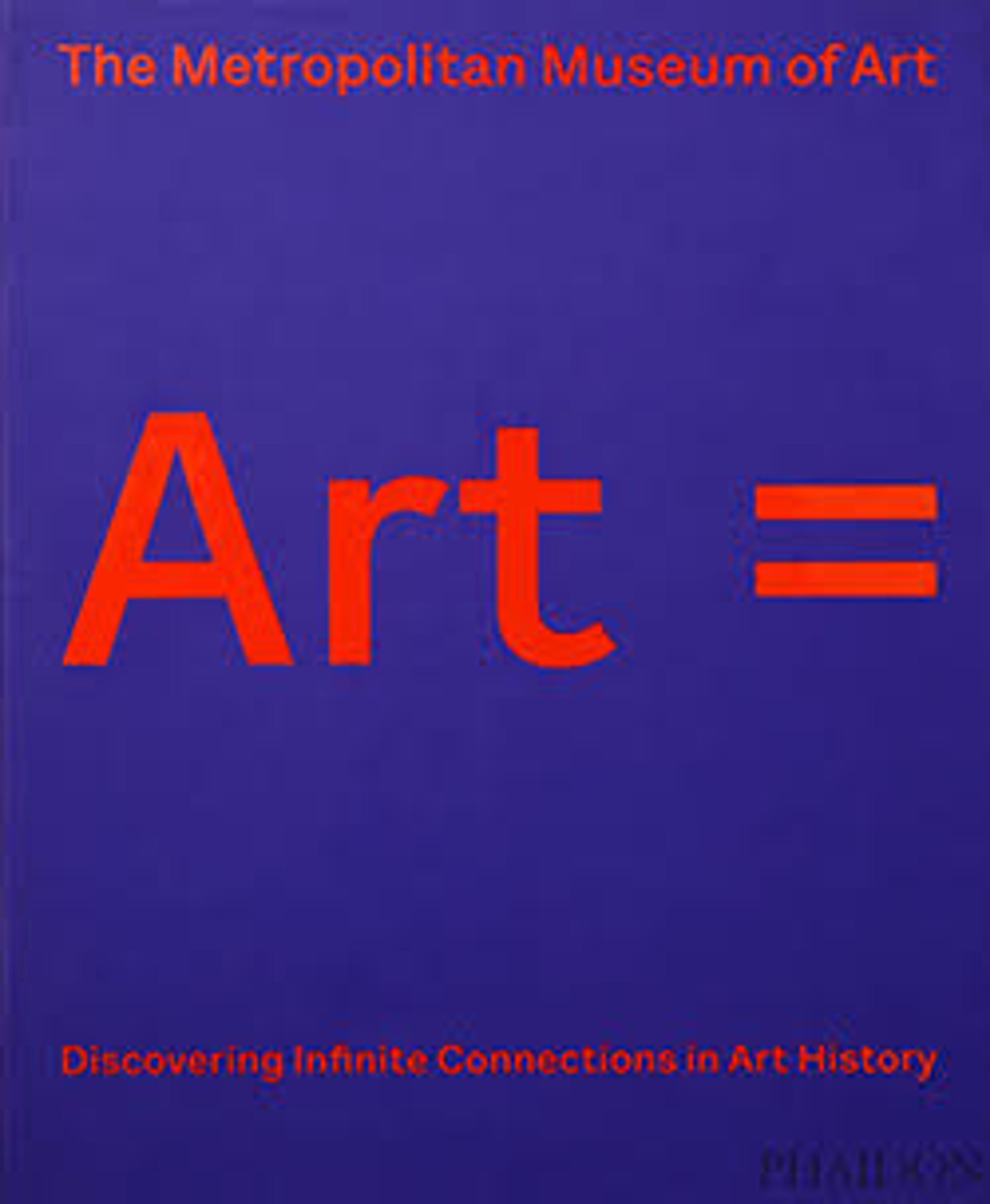English
The Abduction of the Sabine Women
This painting embodies Poussin’s innovations derived from studying Roman antiquity. Figural groups, several closely based on ancient sculptures, evoke the choreography of dancers caught mid-action on stage, while the complex interplay of drapery woven between the figures reveals Poussin as a master colorist. Poussin arranged wax figures in a tiny, theater-like box to establish the sophisticated spatial relationships and formal balance of such paintings. The violent subject comes from a founding myth for the city of Rome: Romans invited the neighboring Sabines to a festival with the intention of forcibly capturing their women as wives. When the Roman leader Romulus raised his cloak—seen here at left—his warriors seized them. This painting belonged to the French ambassador to Rome in the 1630s and then to King Louis XIII’s chief minister, Cardinal Richelieu.
Artwork Details
- Title: The Abduction of the Sabine Women
- Artist: Nicolas Poussin (French, Les Andelys 1594–1665 Rome)
- Date: probably 1633–34
- Medium: Oil on canvas
- Dimensions: 60 7/8 x 82 5/8 in. (154.6 x 209.9 cm)
- Classification: Paintings
- Credit Line: Harris Brisbane Dick Fund, 1946
- Object Number: 46.160
- Curatorial Department: European Paintings
Audio
5105. The Abduction of the Sabine Women
0:00
0:00
We're sorry, the transcript for this audio track is not available at this time. Please email info@metmuseum.org to request a transcript for this track.
Listen to more about this artwork
More Artwork
Research Resources
The Met provides unparalleled resources for research and welcomes an international community of students and scholars. The Met's Open Access API is where creators and researchers can connect to the The Met collection. Open Access data and public domain images are available for unrestricted commercial and noncommercial use without permission or fee.
To request images under copyright and other restrictions, please use this Image Request form.
Feedback
We continue to research and examine historical and cultural context for objects in The Met collection. If you have comments or questions about this object record, please contact us using the form below. The Museum looks forward to receiving your comments.
